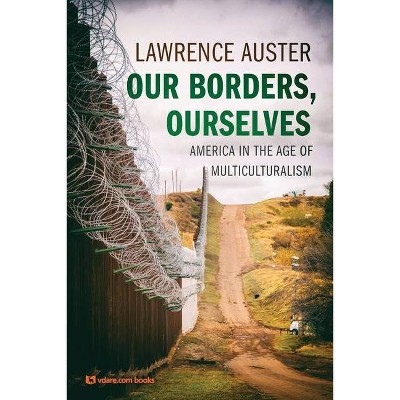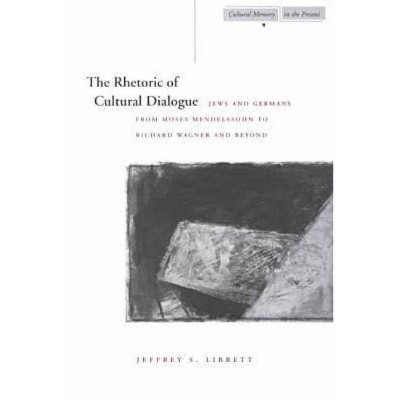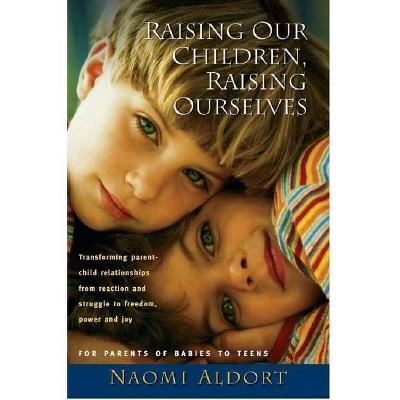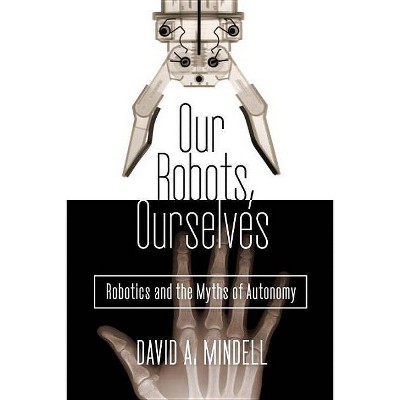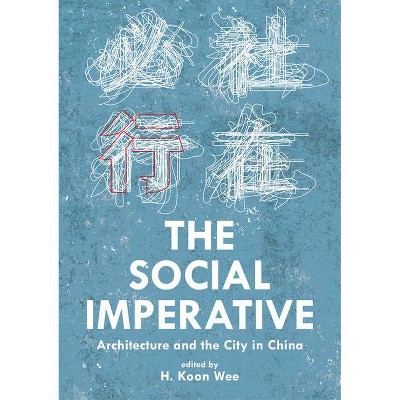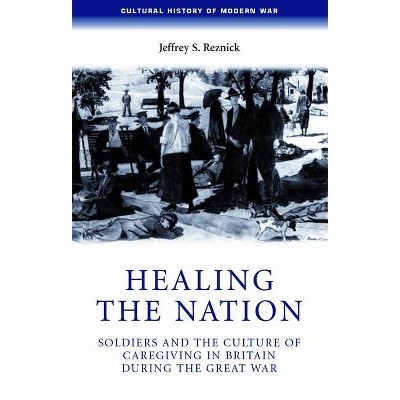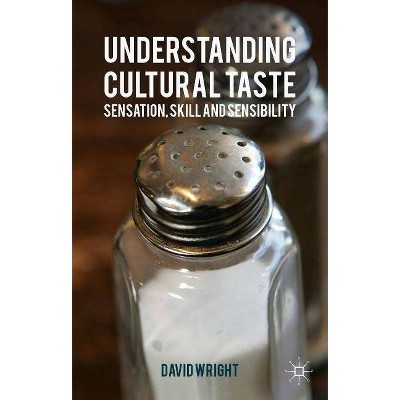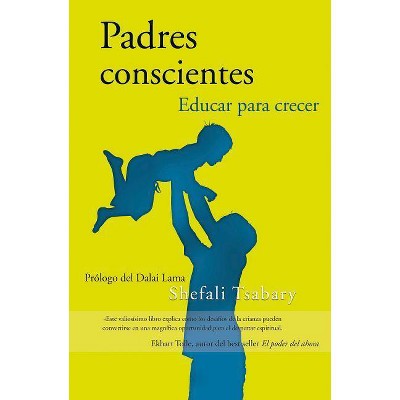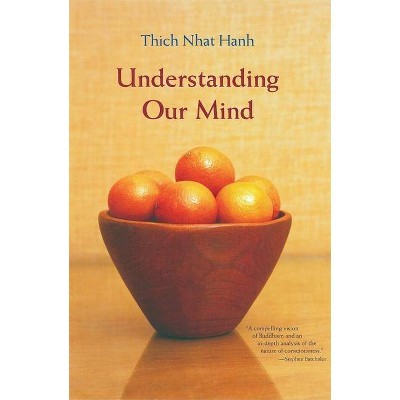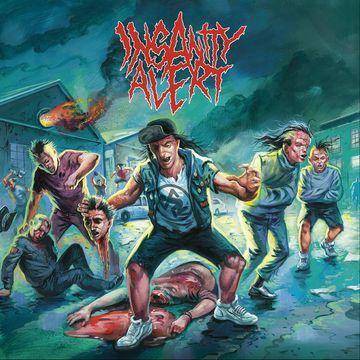Cultural Insanity, the Key to Understanding Our World & Ourselves - by Jeffrey Wynter Koon (Paperback)
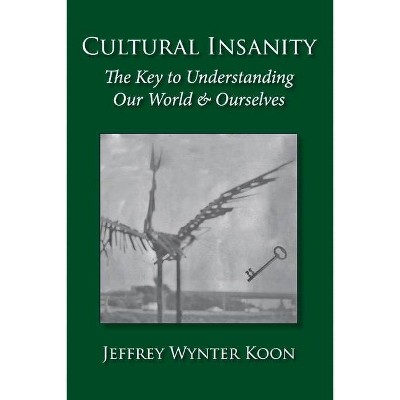
Similar Products
Products of same category from the store
AllProduct info
<p/><br></br><p><b> About the Book </b></p></br></br>The concept of cultural insanity provides a better way of understanding much of what is wrong in our society and in the world today--and how it got that way--and some ways to improve it. <p/> Where our own culture is involved, we and all other individuals in our society are party to it, yet largely blind to it, and to varying extents partake of at least some of its craziness. Accordingly, correctly grasping the idea of cultural insanity will also reveal pathways to improve one's self-understanding, develop a more realistic worldview, and help liberate the mind from the unseen mesh of cultural implants and biases. <p/> Cultural insanity is characterized foremost by features of a society/culture that unnecessarily thwart the development of human potential. (My compilation here of the elements of human development describes most of these potentials.) Because unnecessarily thwart means that there must be viable alternatives, allowances may need to be made for a culture's level of technology, its people's levels of consciousness, and more. But some of the roots of cultural insanity also come from the limitations in the evolutionary history of our species and the way our brains operate--which more fully conscious thinking, reasoning and scientific methods can remediate. <p/> Part One includes the theory and methods for cultural insanity analyses, along with many examples of current and recent cultural insanities from U.S. politics, history and the environmental realm. Parts Two through Four are historical case studies, the last leading up to the present time. These case studies consider witch-hunts, science versus religion in the Middle Ages, and the discoveries of geologic time and evolution. With the distance in time to keep bias at bay, the reader can more clearly see the cultural insanities, more fully understand the methods and nuances used in the analyses, and recognize parallels and continuations in society's problems today.<p/><br></br><p><b> Book Synopsis </b></p></br></br>The concept of cultural insanity provides a better way of understanding much of what is wrong in our society and in the world today--and how it got that way--and some ways to improve it. <p/> Where our own culture is involved, we and all other individuals in our society are party to it, yet largely blind to it, and to varying extents partake of at least some of its craziness. Accordingly, correctly grasping the idea of cultural insanity will also reveal pathways to improve one's self-understanding, develop a more realistic worldview, and help liberate the mind from the unseen mesh of cultural implants and biases. <p/> Cultural insanity is characterized foremost by features of a society/culture that unnecessarily thwart the development of human potential. (My compilation here of the elements of human development describes most of these potentials.) Because unnecessarily thwart means that there must be viable alternatives, allowances may need to be made for a culture's level of technology, its people's levels of consciousness, and more. <p/> Part One includes the theory and methods for cultural insanity analyses, along with many examples of current and recent cultural insanities from U.S. politics, history and the environmental realm. Parts Two through Four are historical case studies that consider witch-hunts, religion vs. science in the Middle Ages, and the discoveries of geologic time and evolution. With the distance in time to keep bias at bay, the reader can see a cultural retrogression toward greater cultural insanity, a culture that resisted possibilities to advance human potential, and a once-buried (and thus discounted) cultural insanity that was exposed but is still present today. The reader can also more fully understand the methods and nuances used in the analyses and recognize parallels in society's problems today. <p/> Virtually (if not) all cultures are, or have tendencies to be, culturally insane in some respects, and it is immensely important to understand why this is so. To some extent the causes of such general cultural problems are rooted in the evolutionary history of our species, including the way our brains operate. Awareness of the nature of these processes, along with more fully conscious thinking, and the use of evidence, reason and scientific methods, can reduce the negative effects these influences have on culture(s). The same techniques are needed to break out of our enculturated mental straitjackets. To liberate oneself from cultural insanity, it is important to incorporate all the important relevant facts. You may need to face head-on any competing values or worldviews. And exclude stereotypes, fake facts, and one-sided interpretations based on cherry-picked data; and discount all nonrepresentative anecdotes/stories. Information silos will mislead you. <p/> And with more of our cultural blinders off, or at least perforated, we can get a better grasp of the problems and damages that cultural insanities cause our society--and envision better alternatives to improve the development of human potential. Many of our society's problems are U.S.A.-centered. But there are also damages which our country, along with many others, are causing. Together, we are causing a Sixth Extinction and overpopulation; we are overconsuming the Earth's resources and depositing waste and chemicals everywhere; we are causing global warming; and we are living in a world in which many social media are manipulating our grasp of facts and reality for their own benefit. Too often these cultural insanities are being denied, ignored, or otherwise given low priority and, hence, are frequently being left in exacerbated forms for subsequent generations. Some of these cultural insanities endanger all humanity. A greater liberation from our own culture's insanities offers new hope for the development of human potential without so much destructiveness.<p/><br></br><p><b> About the Author </b></p></br></br>This book presents a lifelong synthesis of an evaluator, survey researcher and data analyst who has specialized in student/human development. I do not use social media, but my website will be at jeffeywynterkoon.com (note the spelling). Anyway, here's some of my history: <br>At the Berkeley Student Cooperative, I was House Manager of Oxford Hall for 3.5 semesters in 1962-64. I got a bachelor's in History in 1964. In the mid-1960s, I worked as a typist-editor-interviewer for a project on the change and development of college students at the Center for Research and Development in Higher Education at Berkeley. Having saved some money, I and my lady friend at the time went to Europe for a year in 1968-69. Living out of a bare-bones VW bus, we stayed in Hannover, Copenhagen, Stockholm, Amsterdam, Paris, Madrid, Malaga, Marrakesh, and Genoa. <br>Subsequently, I worked on research for the above project, and then for a study of community-based encounter groups. And I was admitted to the Higher Education program at Berkeley, earning a master's in Counseling Psychology first.<br>As a graduate student in the later 1970s to 1981, I studied the university itself, in part via a heavy involvement in student government--the Associated Students (ASUC) and the Graduate Assembly. I was a student representative for 5 years on 3 Academic Senate committees, and on a University-wide committee on planning and a task force on student participation in university governance. As Academic Review Unit Coordinator for the ASUC, I completed a set of survey-based student evaluations of their undergraduate major academic programs--which are in ERIC (e.g., Engineering and Physical Science Programs at Berkeley: An Academic Review Using Comparative Student Evaluations--and others like that in the Humanities, Life Sciences, and Social Sciences; & for Lower Division). Despite some Googling, I could find no record of having twice been one of the three finalists for the position of University of California Student Regent.<br>But Google can find my Ph.D. dissertation (1991, by Jeffrey Wynter Koon) and the book-length report for my master's (Types, Traits, and Transitions: The Lives of Four-Year College Students). A 1995 article by Koon and Harry G. Murray is in the Journal of Higher Education, Vol. 66, No. 1 (Using Multiple Outcomes to Validate Student Ratings of Overall Teaching Effectiveness). <br>Two of my paper presentations in the 1980s were printed in the proceedings of conferences on assessment and college student ratings of teachers. From the mid-1980s to the mid-2000s, everything else overlapped with my being the lead childcare person and school-community involvement person in our family of four in St. Paul. I was active in every PTA, and District-level committees on topics such as curriculum, school/program evaluation, and the achievement gap. And I averaged at least one survey a year (design, analysis, report) of parents and/or students for one of my kids' schools. <br>From 2000 through 2012, I annually reported on the results of a survey of juniors (involving program ratings) done for Principal Mary Mackbee at Central High. There too, in 2003 and 2005, I demonstrated the validity of high school student ratings of their teachers. In 2007, I circulated my analysis of why NCLB was a poor law. And, for 2006-07, I voluntarily provided a multiple regression-based, value-added analysis of state test data in reading and math for St. Paul's schools, grade levels 4-6. <br>From 2012-2015, I volunteer-worked (with Ann Hobbie, parent representative on a state Dept. of Education work group, as my means of access and as collaborator) successfully to include student evaluations of teachers in Minnesota's K-12 teacher evaluation model, and was then asked to serve on their Survey Design Team. <br>Finally, over the course of 3 trips, I also spent another 5 months in Europe with my wife (with stays in London, Paris, Trier and Florence).<br>
Price History
Price Archive shows prices from various stores, lets you see history and find the cheapest. There is no actual sale on the website. For all support, inquiry and suggestion messagescommunication@pricearchive.us
